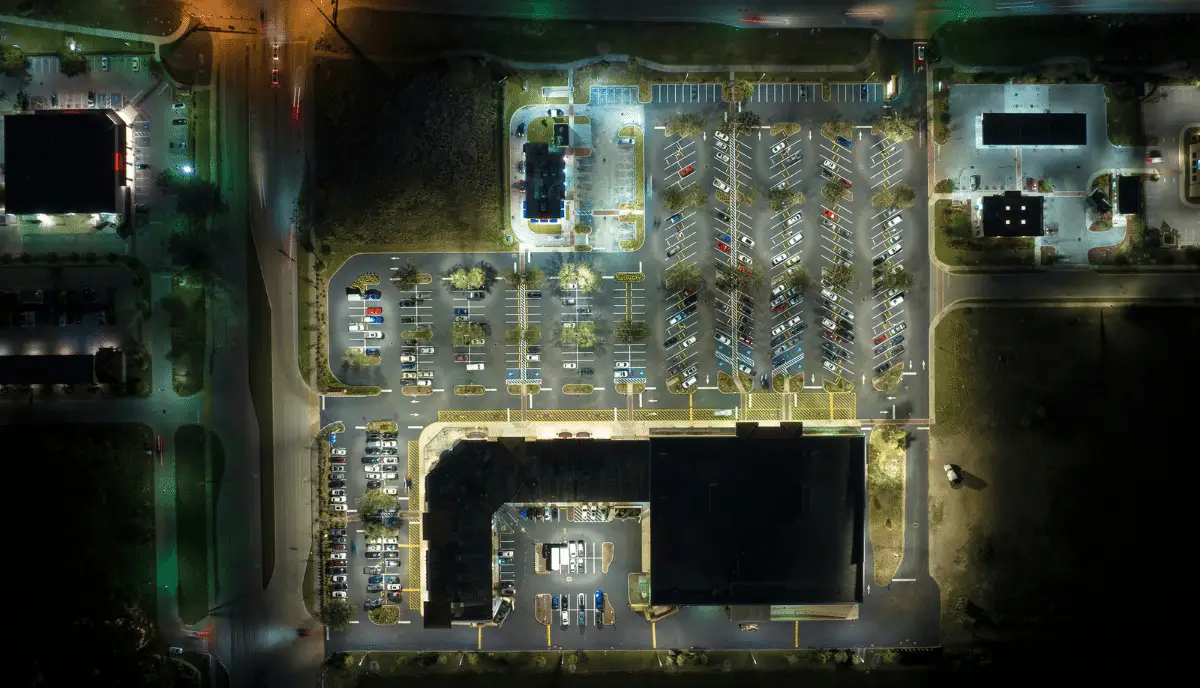In the not-so-distant past, 24-hour grocery stores were a beacon of convenience for night owls, shift workers, and those with unconventional schedules. As the clock’s hands moved, these stores remained abuzz with activity. Yet, as we navigate the modern retail landscape, the glaring lights of 24-hour stores seem increasingly rare. So, what’s behind this noticeable shift?
From economic constraints to changes in consumer behavior, various factors have contributed to no more 24-hour grocery stores. In short, the decline is mainly due to economic reasons, safety concerns, the rise of e-commerce, challenges in staffing during off-peak hours, and community regulations.
As we unpack the reasons in more detail, it becomes evident that the retail landscape is ever-evolving, continually adapting to broader societal and market shifts.
When and Why 24-Hour Grocery Stores Became Popular
As urban centers expanded in the mid-20th century, societal shifts and the rise of diverse work schedules paved the way for 24-hour grocery stores. The influx of total workers and industries operating round-the-clock required shops to cater beyond traditional hours. Convenience played a crucial role, with many valuing the ability to shop outside peak times.
This not only allowed for flexibility but also offered relief from crowded aisles and long queues. In essence, 24-hour stores emerged as a response to a changing society, prioritizing accessibility and convenience for all.
Reasons for the Decline of 24-Hour Operations:
A. Economic Factors
The decline of 24-hour grocery store operations can largely be attributed to economic factors. During the late-night hours, it is common for stores to experience less foot traffic, which results in decreased sales. As a result, many retailers have found that it is not financially viable to keep their doors open 24/7 when there is a lack of consumer demand. Moreover, operational costs increase significantly when stores remain open for longer hours, and these costs can outweigh any additional revenue generated.
B. Security and Safety Concerns
Another reason for the decrease in 24-hour grocery stores is heightened security and safety concerns. Late-night shopping hours can attract criminal activity, such as robberies and vandalism, which can jeopardize the safety of customers and employees. This results in higher costs for businesses in terms of security measures and insurance premiums. In an attempt to minimize these risks, many grocery stores have opted to close their doors during late-night hours.
C. Emergence of E-commerce and Delivery Services
The rapid growth of e-commerce and online delivery services have also contributed to the decline of 24-hour grocery stores. As more consumers turn to online shopping for their groceries, they have the convenience of shopping at any time, making physical store hours less important. With the rise of delivery and pickup options, customers can now access groceries efficiently without stepping foot in a store, further decreasing the need for 24-hour operations.
D. Workforce Considerations
Staffing a 24-hour grocery store is a challenging task, as it requires employees to work late-night and early-morning shifts, often leading to burnout and high turnover rates. Many workers find it difficult to maintain a healthy work-life balance while working these hours, resulting in higher labor costs for grocery retailers. As a response, businesses have decided to cut back on their operating hours to reduce the strain on their workforce.
E. Community and Zoning Regulations
Lastly, community and zoning regulations play a role in the decline of 24-hour grocery stores. Many residential areas enforce noise and light pollution ordinances during the nighttime to maintain a peaceful environment. Additionally, some communities may have zoning regulations that prohibit businesses from operating 24 hours a day. These restrictions limit the number of locations where a 24-hour grocery store can feasibly operate, contributing to their reduction.
The Future of Grocery Store Hours – What Will We See?
As technology advances and customer preferences evolve, the future of grocery store hours will likely shift to accommodate these changes. One possibility is that increased automation and use of robotics in grocery stores could enable stores to maintain efficient 24-hour operations without the need for overnight staff. Amazon’s Go stores have already demonstrated the potential for such autonomous shopping experiences.
Another factor influencing the future of grocery store hours is the growth of online shopping and delivery services. Many people now prefer to order their groceries online and have them delivered to their doorstep, making the need for extended store hours less urgent. As a result, grocery stores may opt to focus more on expanding their online presence and home delivery capabilities rather than extending their hours of operation.
Additional considerations include the potential for more energy-efficient store designs and infrastructure, which could make longer store hours more economically and environmentally sustainable. Strategies like solar power, LED lighting, and smart thermostats can significantly reduce the energy costs associated with extended hours, making it more feasible for stores to remain open longer.
In conclusion, the future of grocery store hours will likely be shaped by a combination of factors, including advances in automation, the growth of online shopping and delivery services, and sustainable store designs. As consumer preferences continue to evolve, it’s crucial for the grocery industry to adapt in order to remain competitive and meet changing needs.

